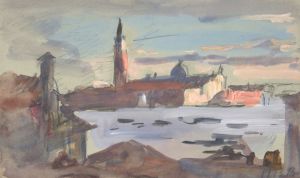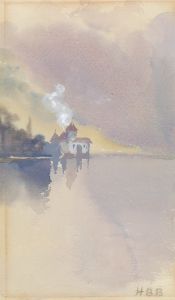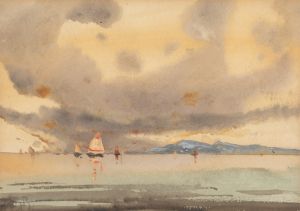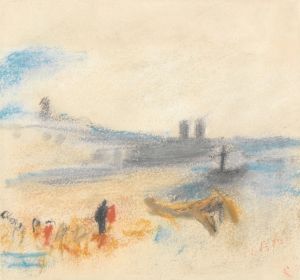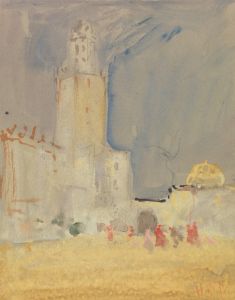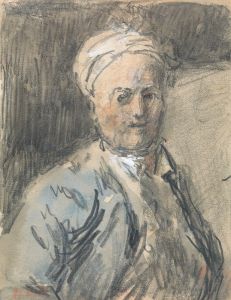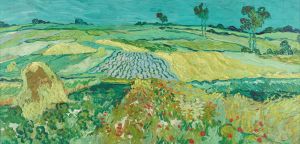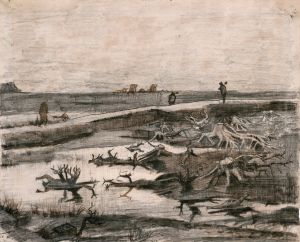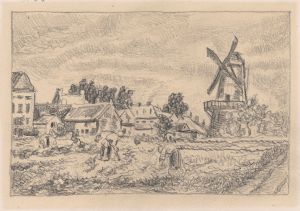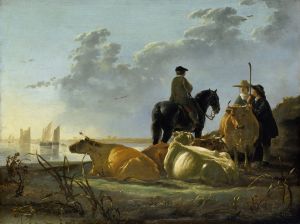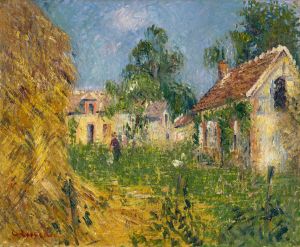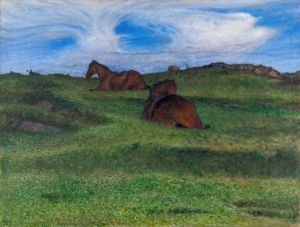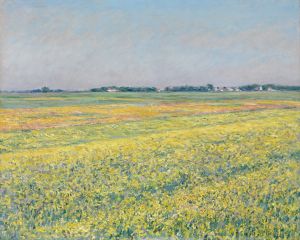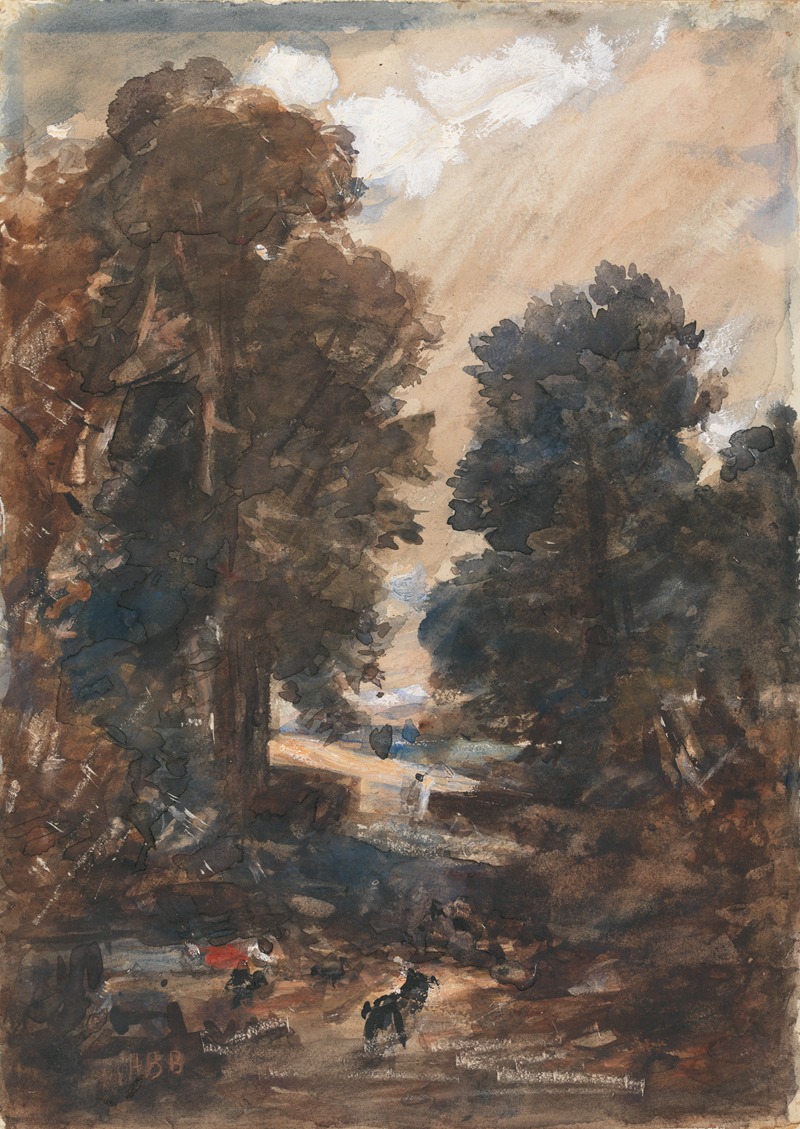
The Cornfield
A hand-painted replica of Hercules Brabazon Brabazon’s masterpiece The Cornfield, meticulously crafted by professional artists to capture the true essence of the original. Each piece is created with museum-quality canvas and rare mineral pigments, carefully painted by experienced artists with delicate brushstrokes and rich, layered colors to perfectly recreate the texture of the original artwork. Unlike machine-printed reproductions, this hand-painted version brings the painting to life, infused with the artist’s emotions and skill in every stroke. Whether for personal collection or home decoration, it instantly elevates the artistic atmosphere of any space.
Hercules Brabazon Brabazon (1821–1906) was a British artist known for his watercolor paintings, which often depicted landscapes and scenes from his extensive travels. Despite being a prolific artist, Brabazon did not seek public recognition during his lifetime, and his works were primarily shared within private circles. His style is characterized by a loose, impressionistic approach, often capturing the essence and atmosphere of a scene rather than focusing on detailed realism.
"The Cornfield" is one of Brabazon's works, though specific details about this particular painting are limited. Like many of his pieces, it likely reflects his interest in capturing the natural beauty of the landscape. Brabazon's works often feature a delicate use of color and light, emphasizing mood and ambiance over precise detail. His technique involved the use of watercolors, which allowed him to create soft, flowing images that convey a sense of immediacy and spontaneity.
Brabazon's artistic career was unconventional. Born into a wealthy family, he was educated at Harrow and Trinity College, Cambridge, before studying art in Rome. Despite his passion for painting, Brabazon did not pursue art as a professional career in the traditional sense. Instead, he traveled extensively throughout Europe, North Africa, and the Middle East, painting scenes that captured his interest. His works were largely personal, intended for his enjoyment and that of his friends and family.
It wasn't until later in his life that Brabazon's work gained public attention. In 1891, he was encouraged by friends to exhibit his paintings at the New English Art Club in London. The exhibition was well-received, and Brabazon's reputation as an artist grew. His work was appreciated for its freshness and originality, standing out in an era when more formal and detailed styles were prevalent.
Brabazon's approach to art was influenced by the Impressionists, although he developed his unique style independently. His paintings often feature broad washes of color and a focus on capturing the effects of light and atmosphere. This approach allows viewers to experience the scene as a whole, rather than focusing on individual elements.
While specific information about "The Cornfield" is scarce, it can be assumed that the painting reflects Brabazon's typical style and interests. His works often depict rural and pastoral scenes, capturing the tranquility and beauty of the natural world. "The Cornfield" likely embodies these themes, showcasing Brabazon's ability to convey the essence of a landscape through his distinctive watercolor technique.
Today, Brabazon's works are appreciated for their contribution to the development of watercolor painting and their reflection of a personal, impressionistic vision of the world. His paintings are held in various collections, including the British Museum and the Victoria and Albert Museum, ensuring that his artistic legacy continues to be recognized and appreciated.





